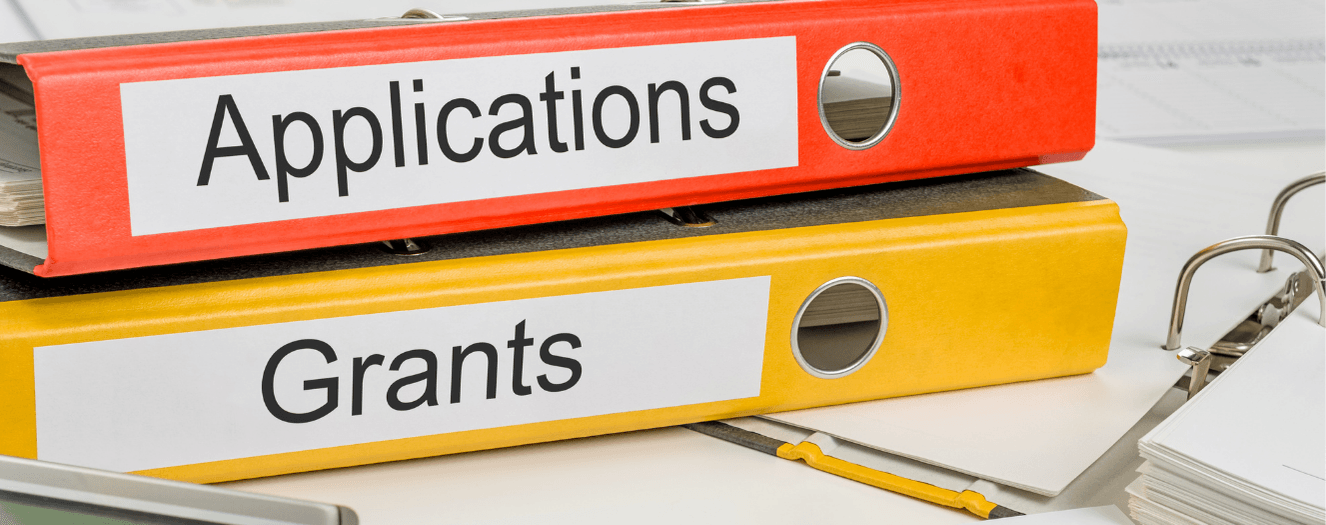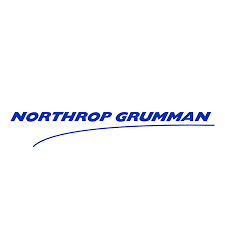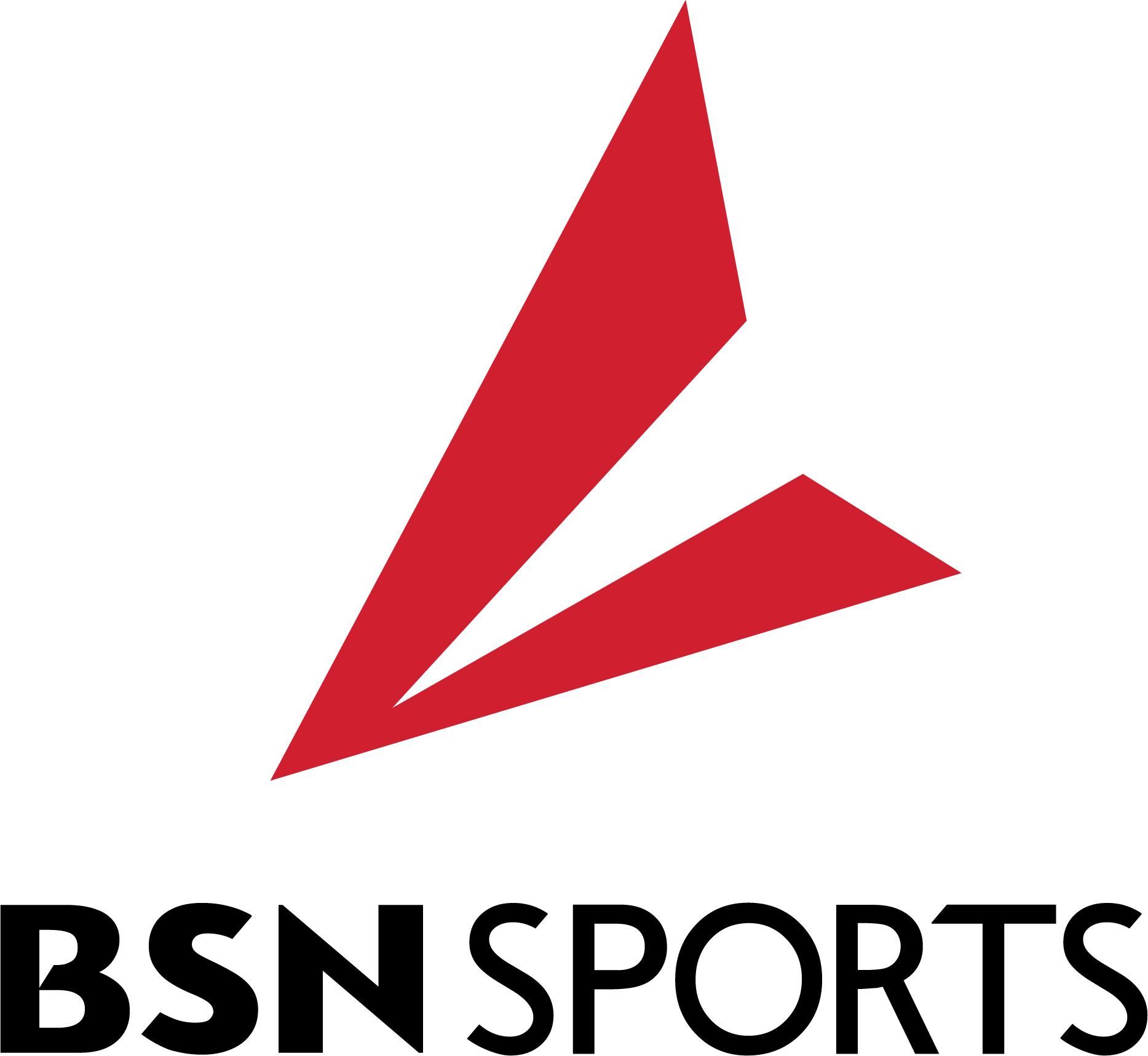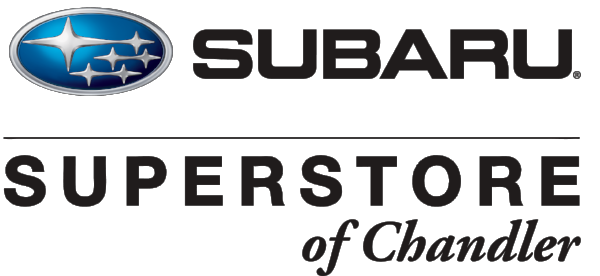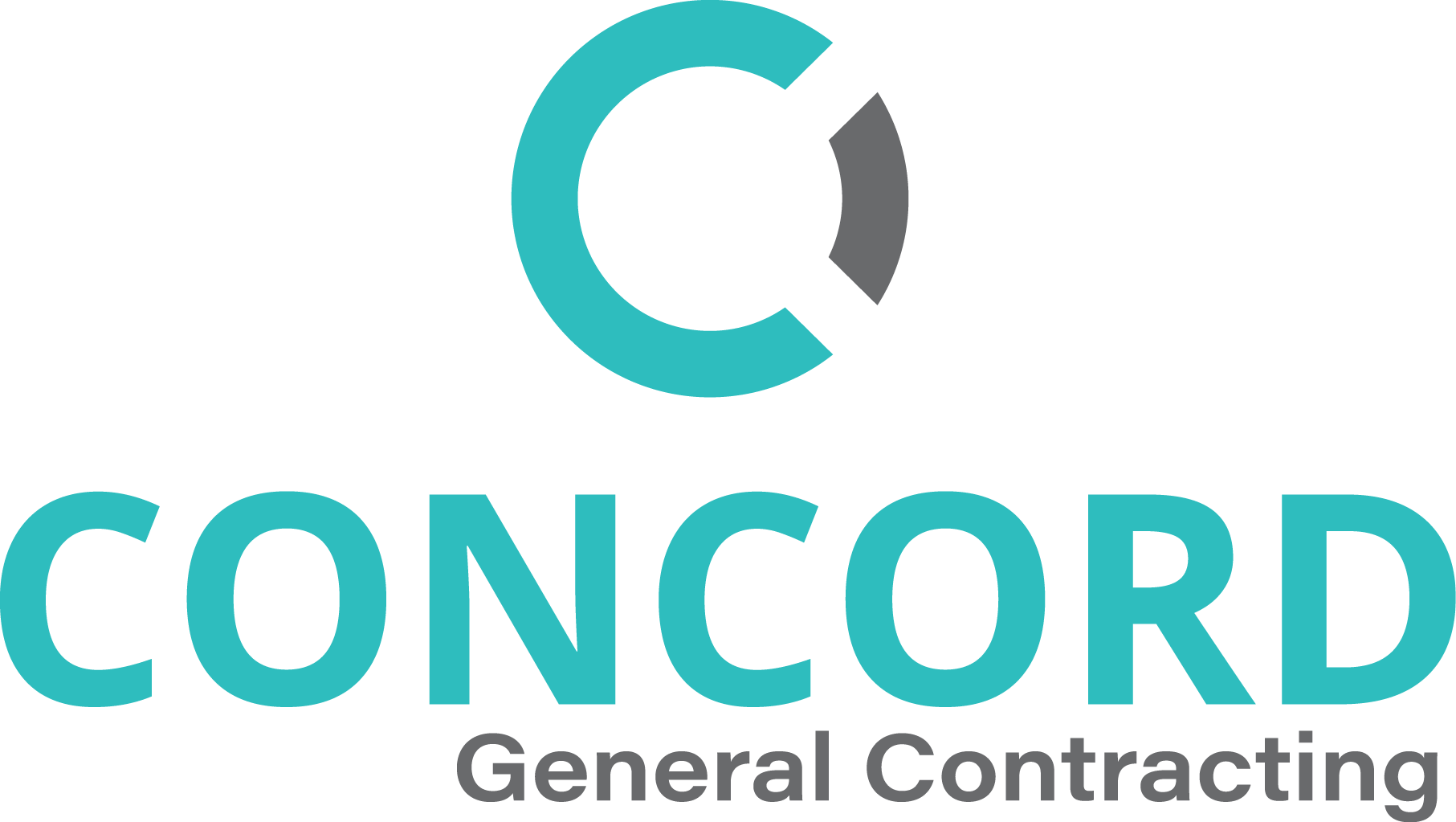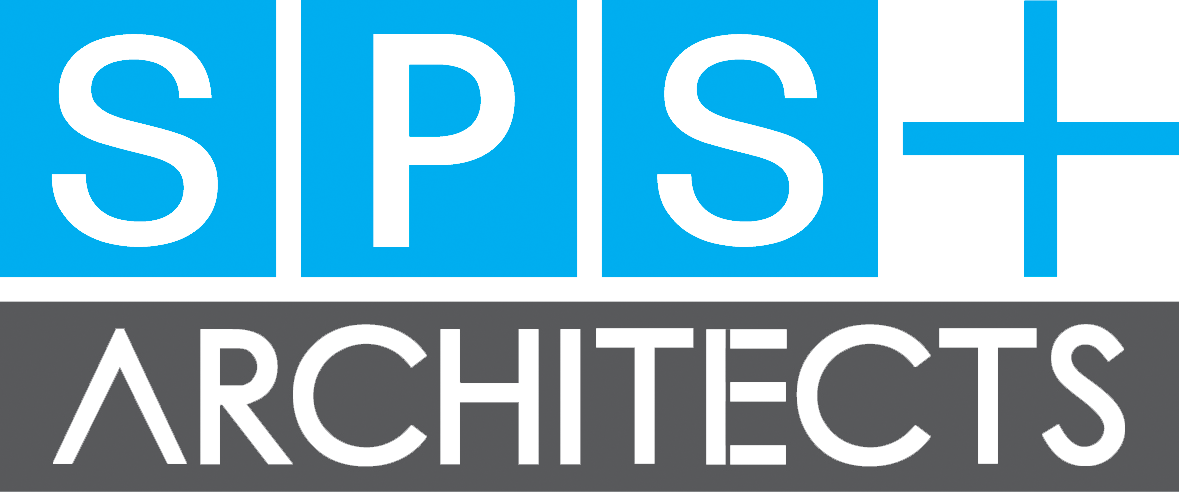Sample Award Winning Grant Applications
To help you create a compelling application for a Cash For Classrooms grant, we have provided examples of past successful applications below. These samples highlight the key information and structure that can enhance your chances of securing funding.
Tips for a Strong Application:
- Review Successful Samples: Examine the funded applications to understand the details and style that have previously been successful.
- Collaborate and Plan: Connect with past award winners at your school for insights, work with colleagues to brainstorm, and carefully plan your project to ensure it aligns with grant criteria and meets the needs of your students.
- Prepare a Comprehensive Proposal: Clearly articulate your project’s goals, expected outcomes, and how it will benefit the school community.
Need Assistance?
For questions about the application process or if you need technical support, please reach out to us at 480-224-3030 or via email. We’re here to help you every step of the way!
Mobile Planetarium - $850.00

We are seeking funding to bring a portable planetarium to our school, creating a dynamic and immersive learning experience for 6th-grade students. This initiative aims to make our science standards tangible, sparking excitement and deepening understanding of complex astronomical concepts. The planetarium will provide a fun way for students to explore the Sun-Earth-Moon system, eclipses, moon phases, and tides, aligning directly with our state standards and CUSD curriculum.
Motivation:
The inspiration for this project comes from my own elementary school days in New York, where a planetarium visit left a lasting impression on me. The awe and wonder it instilled fueled my passion for science, and I have long dreamed of providing a similar experience for my students.
Impact:
In today's fast-evolving world, our students need to develop a robust skill set to thrive as future leaders and engaged citizens. This planetarium experience will foster collaboration, effective communication, and problem-solving skills by combining traditional learning with hands-on, experiential activities. It supports our commitment to helping students think critically and build social-emotional competencies.
By encouraging exploration and curiosity, this initiative allows students to learn autonomously, embrace challenges, and leverage their strengths. It also nurtures respect for others, empathy, and creativity, essential qualities for their future roles in society.
Curriculum Alignment:
This project is carefully designed to integrate with our 6th-grade curriculum and state standards, specifically targeting:
- Quarter 4, Unit 7, Lesson 2:
- Science Standard 6.E2U1.9: Develop and use models to explain how eclipses, moon phases, and tides occur within the Sun-Earth-Moon system.
The planetarium will serve as a hands-on tool to enhance these lessons, allowing students to visualize and interact with the astronomical phenomena they are studying.
Implementation Plan:
Upon securing funding, we will schedule the planetarium visit to coincide with our Unit 7 lessons, ensuring a seamless integration into our science curriculum. We will prepare students with pre-visit activities and follow up with discussions and projects that reinforce the concepts explored during the planetarium session. This holistic approach will maximize the educational impact and ensure the experience is both memorable and educationally significant.
We are excited about the potential of this project and appreciate your consideration of our request. Thank you for your support.
Archeology of Ancient Civilizations - $500.00
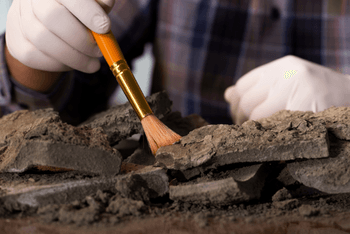
Project Overview:
We would like to create a hands-on archaeology simulation for our 3rd-grade students. This project aims to help students understand history through practical application, aligning with our 3rd-grade Social Studies standards. By engaging in an archaeological dig, students will refine their research skills and develop a deep appreciation for how historical knowledge is constructed.
Motivation for the Request:
Understanding history is crucial for students to recognize how past events shape the present. This project will help students experience the science of archaeology, making history come alive.
Connection to Curriculum:
This project directly supports our 3rd-grade Social Studies curriculum and state standards:
- Standard 3.SP1.2: Compare life in specific historical time periods to life today.
- Standard 3.SP1.3: Generate questions about individuals and groups who have impacted history.
- Standard 3.SP3.5: Generate questions about multiple historical sources.
- Standard 3.SP3.6: Construct arguments and explanations using reasoning, examples, and details from sources.
Implementation Plan:
Preparation and Research:
- Students will begin by researching an ancient civilization, focusing on key cultural aspects and historical context.
- They will design and construct artifacts representative of their assigned civilization, integrating their learning into tangible objects.
Simulation and Dig:
- Trays will be prepared to simulate the geological layers of various ancient civilizations, embedding the student-made artifacts within these layers.
- Students will then swap trays and participate in an archaeological dig, carefully excavating and analyzing the artifacts found in their trays.
Collaboration and Analysis:
- After the dig, students will collaborate to hypothesize about the civilization represented by the artifacts they uncovered.
- Groups will compare and contrast their findings with the creators of the trays, engaging in discussions to understand how archaeologists interpret historical evidence.
Presentation and Reflection:
- Students will present their findings to their classmates, explaining their hypotheses and the evidence supporting them.
- They will reflect on their learning through written reflections and discussions, quantifying their understanding and connecting their discoveries to broader historical concepts.
The project will conclude with a comparison of their archaeological findings to the fictional narrative in "Island of the Blue Dolphins," encouraging them to differentiate between historical facts and storytelling.
This grant will allow us to provide an immersive and educational experience that aligns with our Social Studies standards. We appreciate your consideration of our request.
Empowering Literacy: Multi-Sensory Reading Materials - $1,200
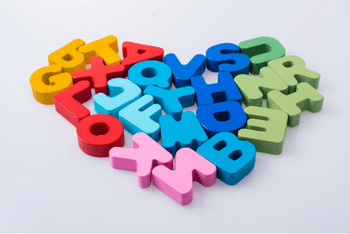
Overview & Motivation:
We seek funding to provide magnetic letter tiles and boards for 4th, 5th, and 6th-grade reading intervention students. As a reading specialist, I work with students who score significantly below benchmarks in word recognition on our DIBELS 8 screener. These multi-sensory tools will enhance our structured literacy approach, specifically improving phonological awareness, decoding, and sight recognition through hands-on word work activities.
Many students struggle with fundamental word recognition skills, making effective, multi-sensory instruction critical. Currently, students use whiteboards for word chain exercises, altering one letter at a time to form new words. However, this lacks the tactile engagement that magnetic letter tiles provide. The physical manipulation of letters helps students internalize phonics concepts by allowing them to segment and blend sounds more effectively. Magnetic tiles offer a concrete representation of abstract phonemic concepts, essential for students facing challenges with handwriting, as it minimizes cognitive load and allows them to focus on phonics learning.
Connection to Curriculum:
This project directly supports key reading foundational standards:
- 4.RF.3, 5.RF.3: Know and apply phonics and word analysis skills in decoding multisyllabic words in context and out of context.
- 4.RF.4, 5.RF.4: Read with sufficient accuracy and fluency to support comprehension.
While 6th-grade standards do not specifically address foundational skills, addressing these gaps remains critical for students who have not mastered them, thereby improving their overall reading comprehension.
How Funds will be Implemented:
Acquisition of Materials:
- Purchase magnetic letter tiles and Fundations letter boards from Wilson Language for effective word work activities.
Integration into Lessons:
- Introduce magnetic tiles and boards into daily lessons, allowing students to physically manipulate letters to form words.
- Emphasize phoneme blending and segmentation, enhancing students' understanding of sound-letter relationships.
Enhanced Learning Experience:
- Utilize multi-sensory methods to reinforce phonics skills through tactile, visual, and kinesthetic engagement.
- Provide differentiated instruction tailored to individual student needs, fostering greater engagement and comprehension.
Assessment:
- Regularly assess student progress and adjust instruction based on outcomes.
- Gather feedback to evaluate the effectiveness of the multi-sensory tools in improving literacy skills.
Funding for magnetic letter tiles and boards will significantly enhance our literacy intervention program, providing a hands-on, multi-sensory approach to phonics instruction. This will help students develop essential word recognition skills, supporting their overall reading proficiency.
Kinder CATS Cardboard Maker Space - $734.05
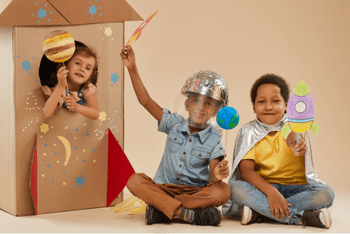
We are requesting grant funds to create the Kinder CATS Cardboard Maker Space, a project designed to enhance hands-on learning and creativity among our kindergarten students. The motivation for this project stems from the natural inclination of young children to build and experiment. By integrating reusable cardboard materials, we aim to provide our students with opportunities to apply their understanding of three-dimensional shapes and construction concepts in dynamic, engaging ways.
Our goal is to equip our classrooms with the GOBOX Classroom Kits from 3Dux Designs. Each kit includes 400 cardboard connectors and 500 various cardboard shapes, all reusable and durable. These materials will facilitate exploration beyond simple rectangles, eliminating the need for adult intervention in cutting shapes, and allowing students to build independently or collaboratively without tape. The flexibility to redesign or deconstruct their creations supports our emphasis on iterative learning and problem-solving.
The project aligns with key curriculum standards in mathematics and integrated units of study. For instance, the math standards for kindergarten involve composing two-dimensional and three-dimensional shapes to form composite shapes. The GOBOX materials will enable students to create both two-dimensional and three-dimensional structures, fostering a deeper understanding of geometric concepts. Additionally, these activities will support the development of fine motor skills and collaborative problem-solving abilities.
In practical application, the materials will be used throughout various units in our curriculum. In our Unit 3, students will explore concepts of stability and materials by constructing houses for the "Three Little Pigs" out of different materials, including the cardboard shapes. They will test the strength of their constructions using a hair dryer to simulate environmental forces, demonstrating how the cardboard connectors enhance structural integrity compared to other materials.
Similarly, in Unit 4, students will build and test animal homes to understand how these structures protect against environmental factors like sunlight. The GOBOX kits will also be instrumental in story-based problem-solving activities, where students design solutions for characters in various narratives.
In summary, the funds will be used to provide kindergarten students with valuable, reusable resources for hands-on learning. The Kinder CATS Cardboard Maker Space will enrich their educational experience by bridging theoretical learning with practical, creative application. The ability to repeatedly use and reconfigure these materials throughout the year will maximize their impact on student engagement and understanding, making a lasting contribution to our educational environment.
Career & Technical Propagation Station - $1,000

Grant Purpose:
We are requesting grant funds to establish a Propagation Station for our Career and Technical Education (CTE) program. This initiative aims to transform an underutilized space into a dynamic learning environment where students can actively engage in plant propagation. By taking cuttings and nurturing them into mature plants, students will gain practical skills and deepen their understanding of plant science.
The motivation behind this project stems from the increasing student interest in plant propagation, which is popularized on social media through concepts like "take one, leave one". This station will allow students to participate in this trend by taking home new plant varieties and contributing back to the station, fostering a self-sustaining educational resource and community involvement.
Curriculum Connections:
The CTE Propagation Station aligns with our curriculum standards in life sciences and agricultural education. It supports life science standards such as ecosystem dynamics (L2), plant reproduction and genetic variations (L3), and understanding living organisms (L4). For agricultural education, it covers essential topics including safe practices, plant nutrition, plant anatomy and physiology, propagation techniques, and plant classification.
Implementation:
The grant will be used to purchase equipment and materials essential for the propagation station, including planting trays, cutting tools, soil, growth media, instructional diagrams, and signage. These resources will enable students to conduct hands-on experiments in plant propagation and enhance their understanding of plant biology and agricultural practices.
Impact and Engagement:
Located centrally in the atrium, the station will attract significant foot traffic from students and visitors, maximizing its educational impact. It will serve as a practical learning tool for subjects like science, math, and agriculture, offering students opportunities to apply classroom knowledge in a real-world context. Additionally, the station will promote environmental awareness and sustainability practices among students, preparing them for future careers in agriculture and related fields.
This initiative will enhance educational offerings by providing a hands-on learning experience that integrates scientific inquiry with practical skills development. This project not only meets current educational standards but also aligns with emerging student interests and community needs, making a lasting impact on student learning and engagement.
Wellness Resources: Care and Concern Room - $1,466.40

Purpose:
We are seeking grant funding to enhance our Wellness/Small Group Classroom by adding three whiteboard tables. These tables will serve multiple purposes, providing a dedicated space for students to manage their emotions and participate interactively in lessons.
The motivation for this request stems from firsthand experience at another school where whiteboard tables in their Care & Concern room significantly aided students during times of distress, such as after the loss of a peer. These tables offer a unique way for students to express their emotions visually and engage actively in therapeutic activities.
Standards Alignment:
The addition of whiteboard tables aligns with the American School Counselor Association (ASCA) Standards, which guide our small group sessions and classroom lessons. These standards emphasize creating supportive environments and fostering emotional well-being, directly benefiting the 80+ students who participate in our weekly small groups.
Implementation:
The grant funds will be used to purchase three whiteboard tables for our Wellness/Small Group Classroom. These tables will be integral to our counseling program, providing a versatile tool for emotional expression, interactive learning, and therapeutic activities. They will enhance our ability to facilitate group discussions, mindfulness exercises, and lessons that promote social-emotional skills.
Impact:
Located within our counseling space, these tables will serve as a resource for students needing emotional support, as well as a practical tool for engaging in therapeutic activities and collaborative learning experiences. As the demand for our small group sessions continues to grow throughout the school year, these tables will expand our capacity to meet the diverse needs of our students effectively.
The addition of whiteboard tables to our Wellness/Small Group Classroom aligns with national and state counseling standards, enhancing our ability to provide meaningful support to students in managing their emotions and developing essential life skills. This grant investment will directly contribute to creating a nurturing environment where students can thrive academically, socially, and emotionally.

